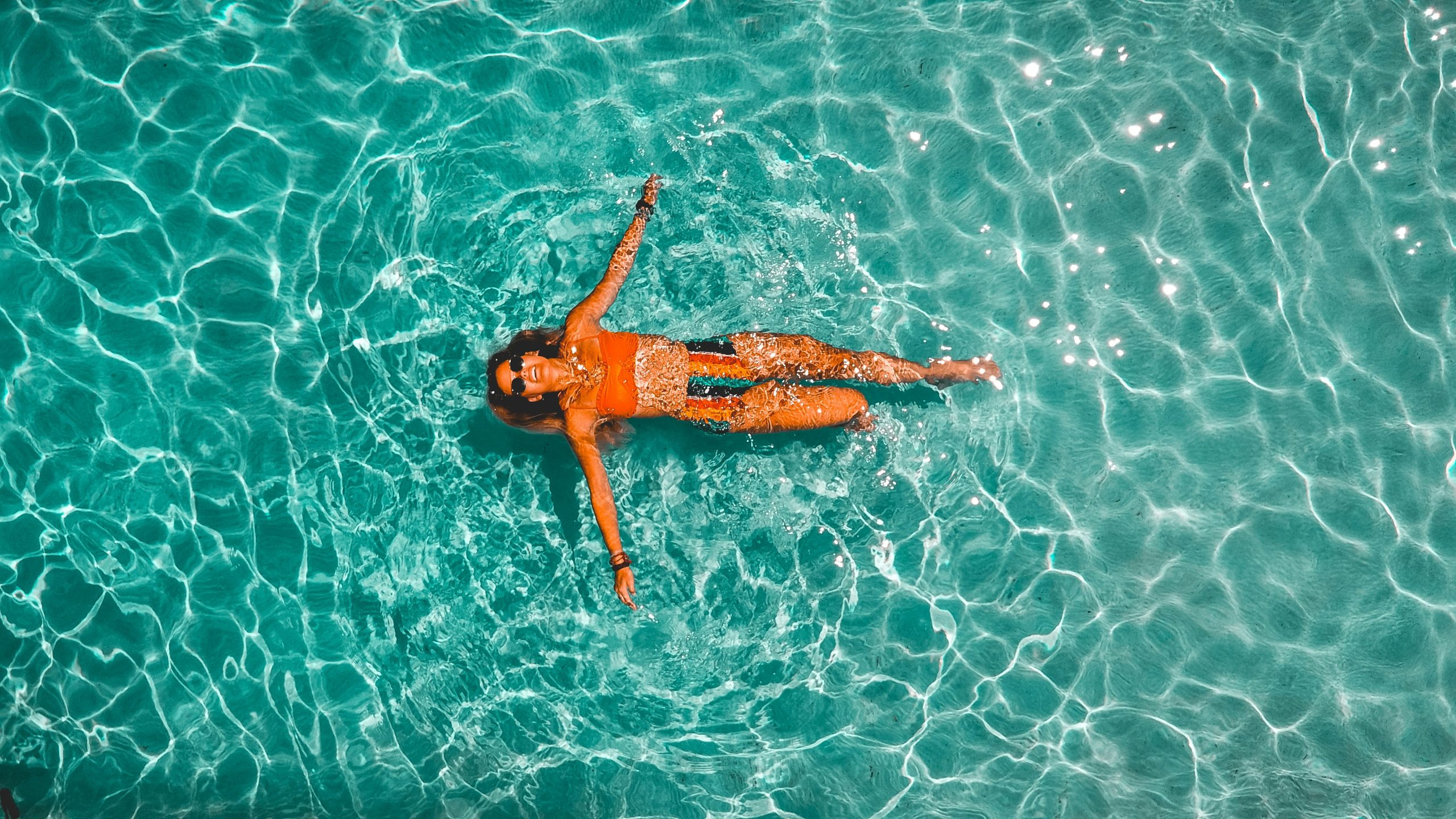**Swimming and Hypoglycemia**
Swimming engages both upper and lower body against water resistance, markedly increasing glucose use. Energy is also required for thermoregulation, so glucose can drop quickly. Sessions longer than 30 minutes or interval sets often raise post-exercise insulin sensitivity for hours, predisposing to delayed hypoglycemia.
**Why Monitoring is Essential**
1) In water, early signs—dizziness, sweating, palpitations—are hard to notice.
2) Weakness from hypoglycemia can impair breathing rhythm and buoyancy control, raising accident risk.
3) Glucose can continue to fall during showers, dressing, or travel afterward.
**Practical Routines**
– Before: Aim for 90–250 mg/dL. If <90, consume 15 g carbohydrates.
- During: Insert breaks every 20–30 minutes; hydrate with water or unsweetened electrolyte drinks; start intervals at lower intensity.
- After: Recheck glucose for 2–3 hours; consider a bedtime snack if needed.
**Equipment and Buddy System**
- Anti-slip footwear, cap, goggles, and ideally a swim buddy; choose lifeguard-supervised hours.
---
Bottom line: Swimming is excellent exercise, but saying it is ‘safe without glucose checks’ is incorrect.


Leave a Reply